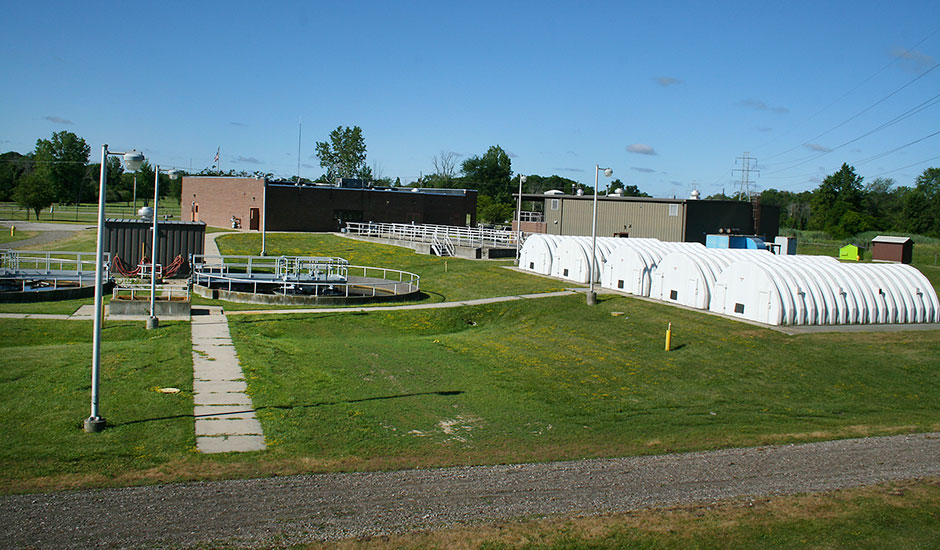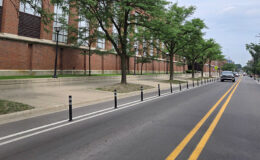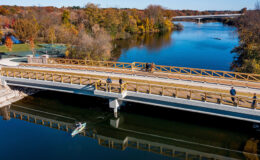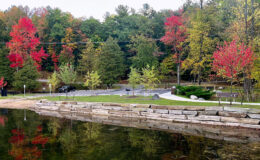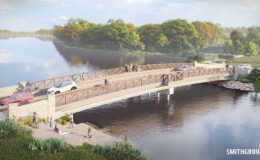With 32 years of service under its belt, East China’s Wastewater Treatment Plant (WWTP) was ready to begin a revitalization process. Wade Trim performed a complete evaluation of the plant to identify components and processes that needed attention. Improvements were prioritized as high, medium and low. High priority needs included rehabilitation of the primary digester heating system, waste gas burner, and primary and secondary clarifiers. Wade Trim worked with the Township to design the high priority improvements necessary for the 3.35-MGD WWTP to provide trouble-free service, incorporating newer technology with reduced maintenance requirements and lower energy costs.
The primary digester heating system was replaced with a new, dual-fuel hot water boiler and spiral heat exchanger. The existing sludge tube boiler/heat exchanger had reached the end of its useful life and was losing efficiency and requiring more maintenance. The dual-fuel feature enables the facility to utilize digester gas for process needs. A state-of-the-art waste gas burner was added to replace an obsolete device. New mechanisms in the settling tanks include chain and flight and cross collectors in the primary tanks, and galvanized steel circular sludge removal machines in the secondary tanks.
Construction is wrapping up this fall and startup has progressed smoothly. The next phase will focus on medium priority improvements that will replace all five rotating biological contactor (RBC) machines due to their age and anticipated deterioration of plastic media. These air-driven machines will be updated with the newest generation of electric-motor driven RBCs resulting in lower energy use.
Wade Trim has served as the Charter Township of East China’s Consultant of Record since 1956 and designed the original WWTP. This Michigan community is located along the St. Clair River and jointly provides wastewater and water services with nearby China Township.
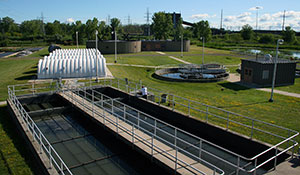
New sludge collector equipment in the primary tanks will extend the useful life of the structures for another 30 years.
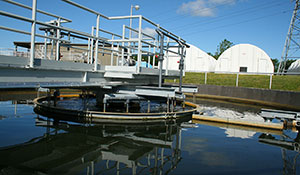
Use of galvanized steel for mechanisms in the secondary settling tanks will avoid issues with field coating during inclement weather and minimize downtime when major processes are out of service.
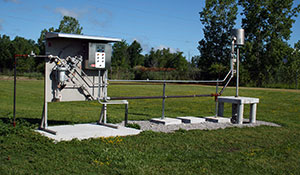
Digester gas produced during the treatment process was harnessed to heat sludge as a lower cost energy source than natural gas. The waste gas flare shown burns off any excess gas from the process.

